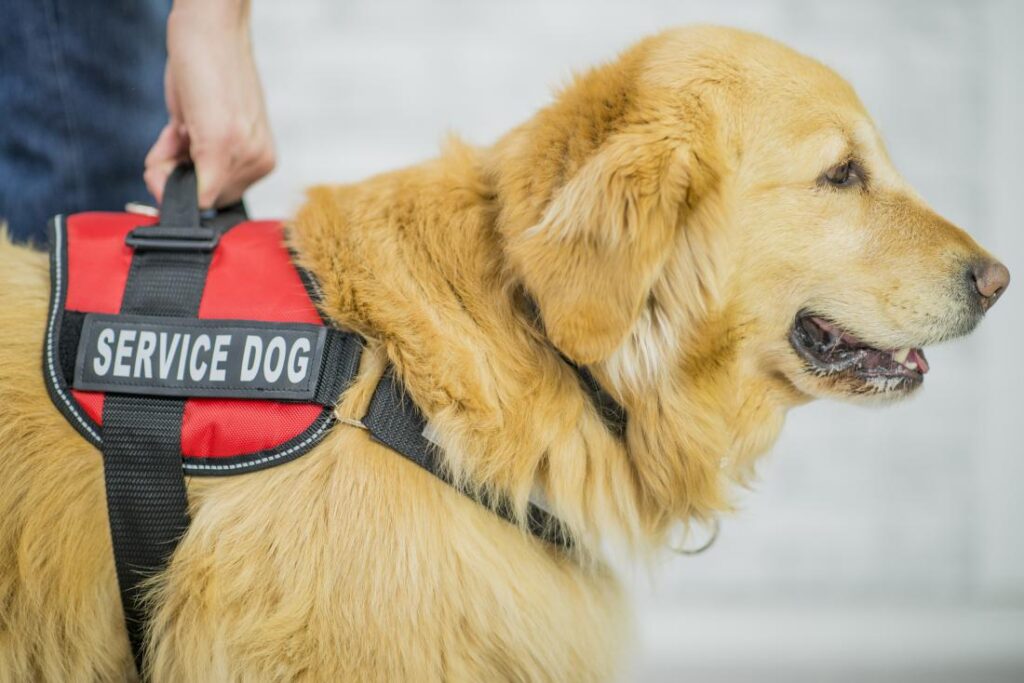By Kelley Liu
There is danger in every corner of the world, but animals have learned how to adapt to said dangers. Animals, both domestic and wild, are able to sense danger with their heightened sense of smell. As humans, there are some things we cannot perceive as well as animals and the smell of danger is one of them. Because of that, we utilize animals to make up for what we’re lacking. Of course, this doesn’t mean humans are totally incapable of smelling things that are dangerous to us. For example, when we smell burning or gas leaks, we instinctively leave and call for the authorities to ease the situation. We smell rotten food and actively avoid it, in fear of a bad taste and of an upset stomach. By doing this, we showcase our intelligence and capability of detecting these dangerous smells. Animal senses are much more profound than ours and for that reason, we use animals to help detect dangers we cannot through smell and they use it to protect themselves, showcasing their intelligence and ability to learn.

Police dogs, also known as K9’s, are trained to detect narcotics, explosives, or even people, depending on their training. In airports, K9’s are able to smell drugs or bombs through piles of clothes, something we cannot do. They are put through a rigorous program where the dogs are trained to seek out certain smells depending on what they are trained to do. Dogs also make great service animals that can help people detect life threatening allergies in the food they consume. For example, celiac disease is an immune reaction to eating gluten, leading to medical complications. Gluten is very prominent in most foods and odorless to humans, so the use of a service dog who can detect gluten is very advantageous to somebody who cannot know for sure if it is present in food. Gluten can be present in foods by accidental cross contamination so having a service dog be able to detect it can be life saving. Gluten isn’t the only thing they can detect. Trained service dogs can also detect peanuts, shellfish, or even red dye #40. With the help of service dogs, eating out in public is much easier to those who suffer severe food allergies.

Animals in the wild use their sense of smell to avoid dangers as well. A study on orange clownfish showed that they perceived non-predators as threats based on the smell of their fish based diet. Animals in the wild avoid certain territories due to other animals, either predator or the same species, marking their territory. Service dogs aren’t limited to only sensing allergens nor are wild animals limited to sensing danger through smell. Trained dogs can also sense seizures and low blood sugar in humans, warning them beforehand, allowing the human to take proper medication or get proper help before it happens. Wild animals are able to sense natural disasters hours or minutes before they occur. Unlike with scent where we know that animals have much more olfactory organs which allows for heightened sense of smell, it is still unknown how animals are able to sense natural disasters and bodily conditions, it’s thanks to them that we can eat or do certain things without having to worry with them by our side.
List of sources
- https://www.k9deployment.co.uk/news/sniffer-dogs-how-do-they-detect-drugs
- https://www.3dk9detection.com/news/how-are-drug-sniffing-dogs-trained-to-find-narcotics#:~:text=Our%20dogs%20can%20recognize%2013,with%20legal%20medicine%20like%20Xanax.
- https://www.dhs.gov/publication/canine-explosives-detection-program
- https://www.platinumperformance.com/articles/canine-companion-with-a-cause.html
- https://www.icarus.mpg.de/28810/animals-warning-sensors
- https://www.usgs.gov/programs/earthquake-hazards/animals-earthquake-prediction
- https://www.discovermagazine.com/planet-earth/how-do-animals-know-what-their-predators-are
- https://www.sciencedirect.com/science/article/pii/S0003347212001583
- https://udservices.org/types-of-service-dogs/#:~:text=Service%20dogs%20play%20a%20vital,diabetes%2C%20epilepsy%2C%20or%20PTSD.
- https://k94life.org/diabetes-alert/#:~:text=CPL%20diabetes%20alert%20dogs%20are,accompany%20different%20blood%20sugar%20levels.
- http://allergendetectionservicedogs.com/
- https://www.bbc.com/future/article/20220211-the-animals-that-predict-disasters
- https://www.noseydogdetectionpartners.com/our-services/
- https://m.facebook.com/NatashasFoundation/videos/allergen-detection-dog/4561150173990309/


